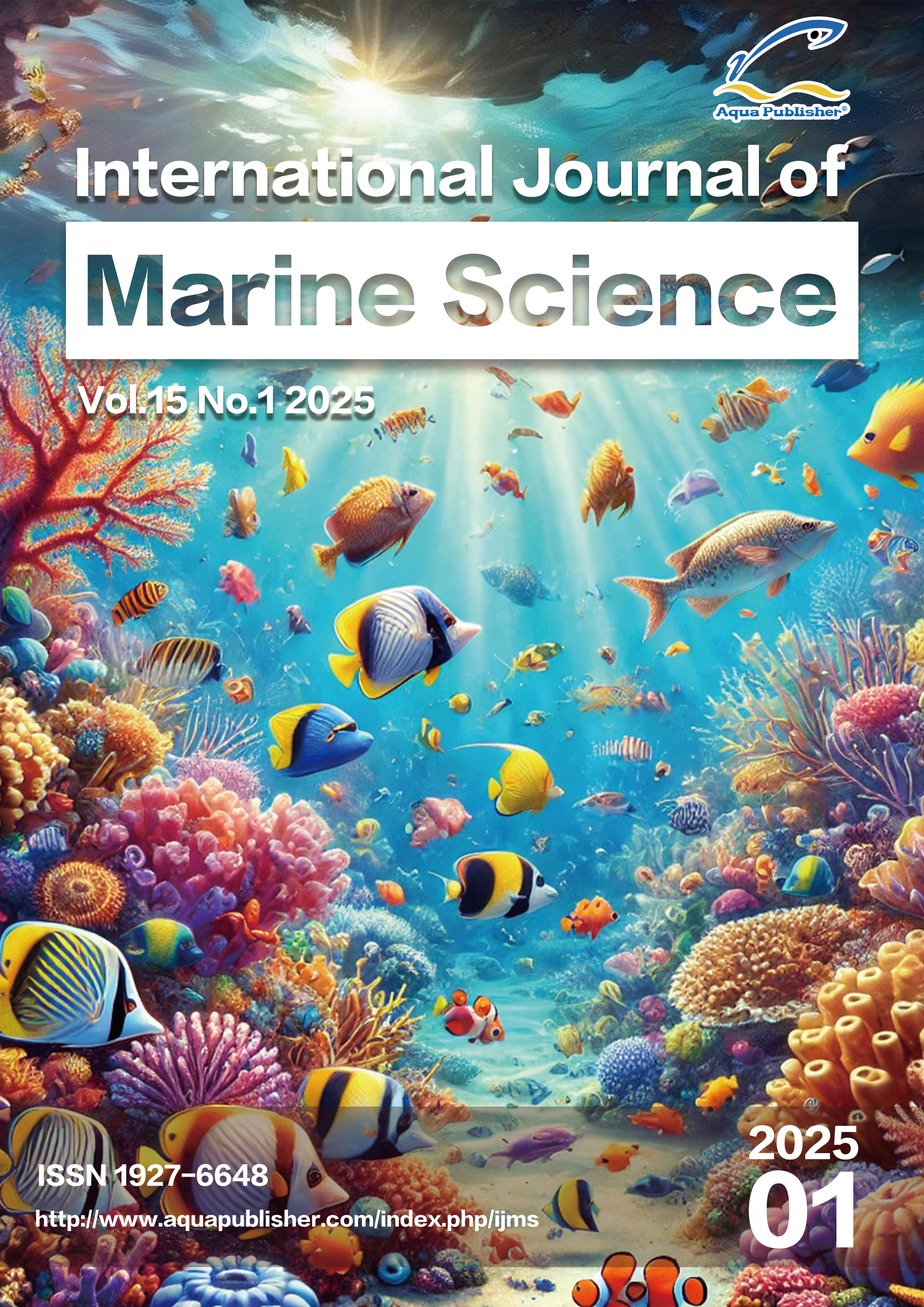Email alerts
Receive periodic updates of the latest contents
published in the journal.
HERE to download a standard manuscript preparation.
1.1 Title and byline
A title gives the reader a clear idea of what the article is about; it should be brief, novel and informative, which could invite readers' interest. The usual limit for title is less than 25 words. Abbreviations and acronyms, including those for gene and protein names, should be avoided in titles. Common names are allowed for major model systems (maize, rice, yeast); Latin names should be used for all organisms that have no widely accepted common name.
1.2 Author(s) and affiliation(s)
Authorship should be limited to those who have contributed substantially to the work. Please note the corresponding authors and their e-mails. Authors' given names should be shortened to initials, dot between characters. The authors' addresses should be written below their names.
1.3 Abstract
The abstract should summarize for a broad audience the main information, including the question being addressed, the approach taken, and the major findings and their significance. It should also be concise (approximately 200~250 words) and independent. General background should be reserved for the introduction. Avoid using too professional words, special symbols and formula. Literature references should not be included.
1.4 Keywords
List 4~6 keywords which can be used for indexing purposes.
1.5 Background
This section should provide the necessary background information for the average reader, the current situation and research intention. It should be both complete and concise, just like a mini-review. Previous publications that form a basis for the work presented must be cited.
1.6 Results
This section should be divided with subheadings. Footnotes should not be used.
1.7 Discussion
The Discussion focused on the interpretation of the results and place. It should not be redundant with the Results section. This section may contain subheadings. Insecure sentence like "which needs further research" is discouraged in this section.
1.8 Materials and methods
The section, at minimum, should include enough detail for readers to understand the general experimental design and to be able to assess the data presented. Cite previously published procedures in References. Modifications of previously published procedures should be pointed out. Truly new procedures should be described in detail. Animals, plants, pathogens, and insects or pests should present Latin names. A more detailed version of the procedures and details such as oligo sequences, strains, and specifics of how constructs were made can be included in Supplemental Information.
1.9 Authors' contributions
In order to give appropriate credit to each author of a paper, the individual contributions of authors to the manuscript should be specified in this section.
An "author" is generally considered to be someone who has made substantive intellectual contributions to a published study. To qualify as an author one should 1) have made substantial contributions to conception and design, or acquisition of data, or analysis and interpretation of data; 2) have been involved in drafting the manuscript or revising it critically for important intellectual content; and 3) have given final approval of the version to be published. Each author should have participated sufficiently in the work to take public responsibility for appropriate portions of the content. Acquisition of funding, collection of data, or general supervision of the research group, alone, does not justify authorship.
We suggest the following kind of format (please use initials to refer to each author's contribution): AB carried out the molecular genetic studies, participated in the sequence alignment and drafted the manuscript. JY carried out the immunoassays. MT participated in the sequence alignment. ES participated in the design of the study and performed the statistical analysis. FG conceived of the study, and participated in its design and coordination and helped to draft the manuscript. All authors read and approved the final manuscript.
1.10 Acknowledgments
Acknowledgments of people, grants, funds, etc. should be placed in a separate section before the reference list. The names of funding organizations should be written in full. Please check this section carefully before publication, as amendments or corrections are not allowed after publication.
1.11 References
Only papers that are published or in press papers should be cited in the reference list. Personal communications should be cited within the text only. Submitted articles should be cited as unpublished data, data not shown, or personal communication. All authors should be named in the citation. Provide inclusive page ranges for journal articles and book chapters.
Format for information and data on the internet: (Lin G., and He M., 2002, www.wenweipo_com.htm) or (http://info.Jstage.jst.go.jp/contents/info/list/eng.html)
3) Book
Format: authors' names, ed., year published, book name, edition number, publisher, publishing location (country and city), pp. page number
4) Symposium or book chapter
Format: Authors' names, Publication year, Article title, In: Symposium editors name+(ed.), Symposium name, publisher, publishing location (country and city), pp. page number
Shoemaker R.C., Polzin K.M., Lorenzen L.L., and Specht J.E., 1996, Molecular genetic mapping of soybean, In: Verma D.P.S., and Shoe maker R.C. (eds.), Soybean: genetics, molecular biology and biotechnology, CIAB International, Wallingford, UK, pp.37-56
Zhang Q.F., 2007, Toward the development of green super rice using genomics-based strategies, In: Li Z.K., Fang X.J. (eds.), Proceedings of the 2nd international conference of plant molecular breeding, 23~27, March, Sanya, Hainan, China, pp.3
5) Dissertation
Format: Authors' names, Publication year, Dissertation title, Thesis for M.S./ Dissertation for Ph.D., Affiliation, Supervisor, pp. page number
Jiang L.R., 2004, Improvement of appearance traits of elite rice Zhenshan 97B by molecular introgression of targeted about 800 kb interval from indica rice Jia-fuzhan genome, Thesis for M.S., Life Science and Technology Institute, Guangxi University, Supervisor: Fang X.J., pp.453-454
Wan Y.S., 2002, Construction of soybean genetic map and QTL analysis of some agronomic traits, Dissertation for Ph.D., Biotechnology Research Institute CAAS, Supervisor: Jia S.R., and Fang X.J., pp.37-39
6) Patent document
Format: Patent Assignee Names, year authorized or open, patent title, patent country, patent / application number
Liu Q.L., Bai S.Y., and Ma Y., 2004, An plant expression vector pBinETR1 of ethylene unsusceptivity and application, China Patent, ZL02126837.1
Holton T.A., 1996, Transgenic plants exhibiting altered flower color and methods for producing same, United States Patent, US006080920A




